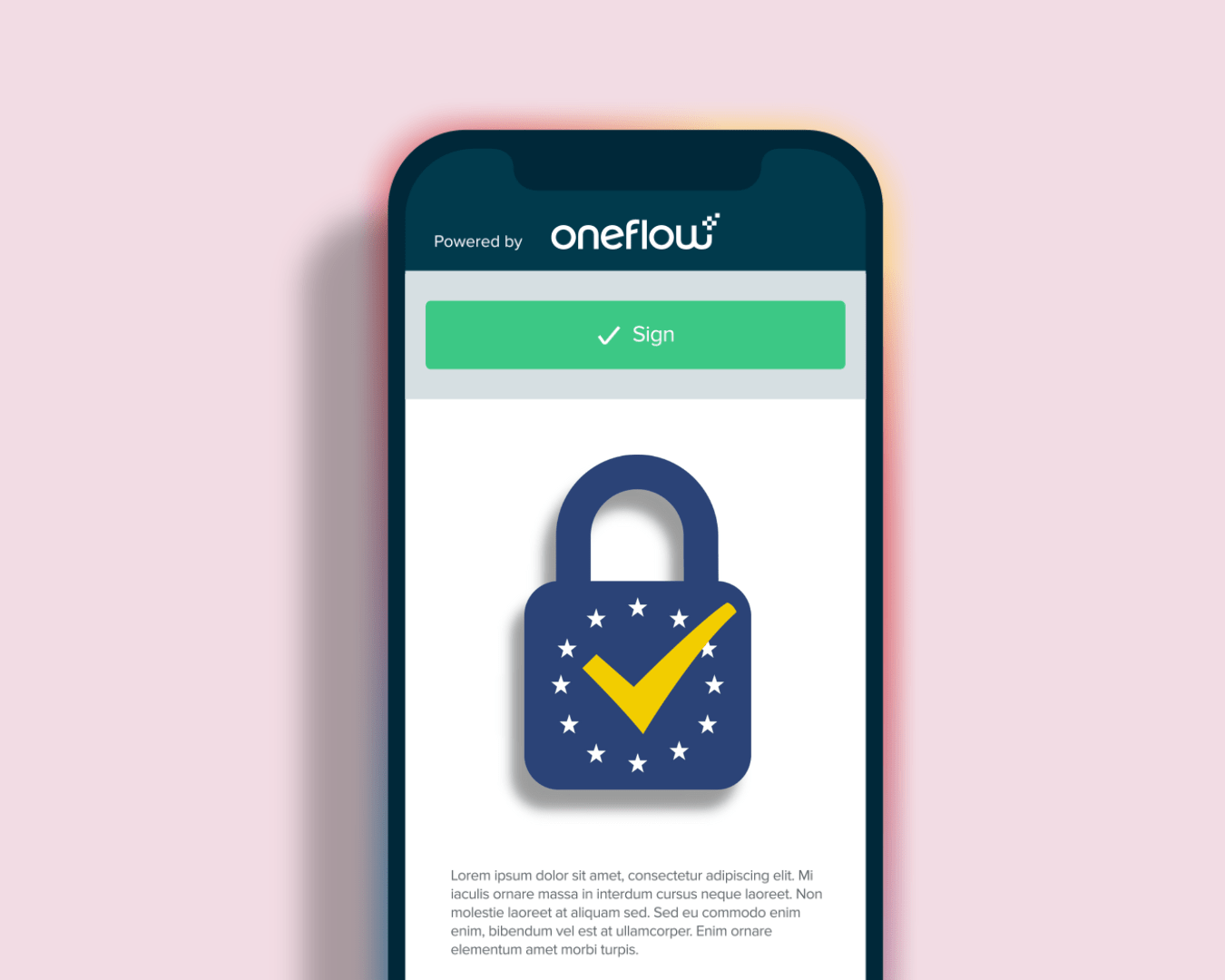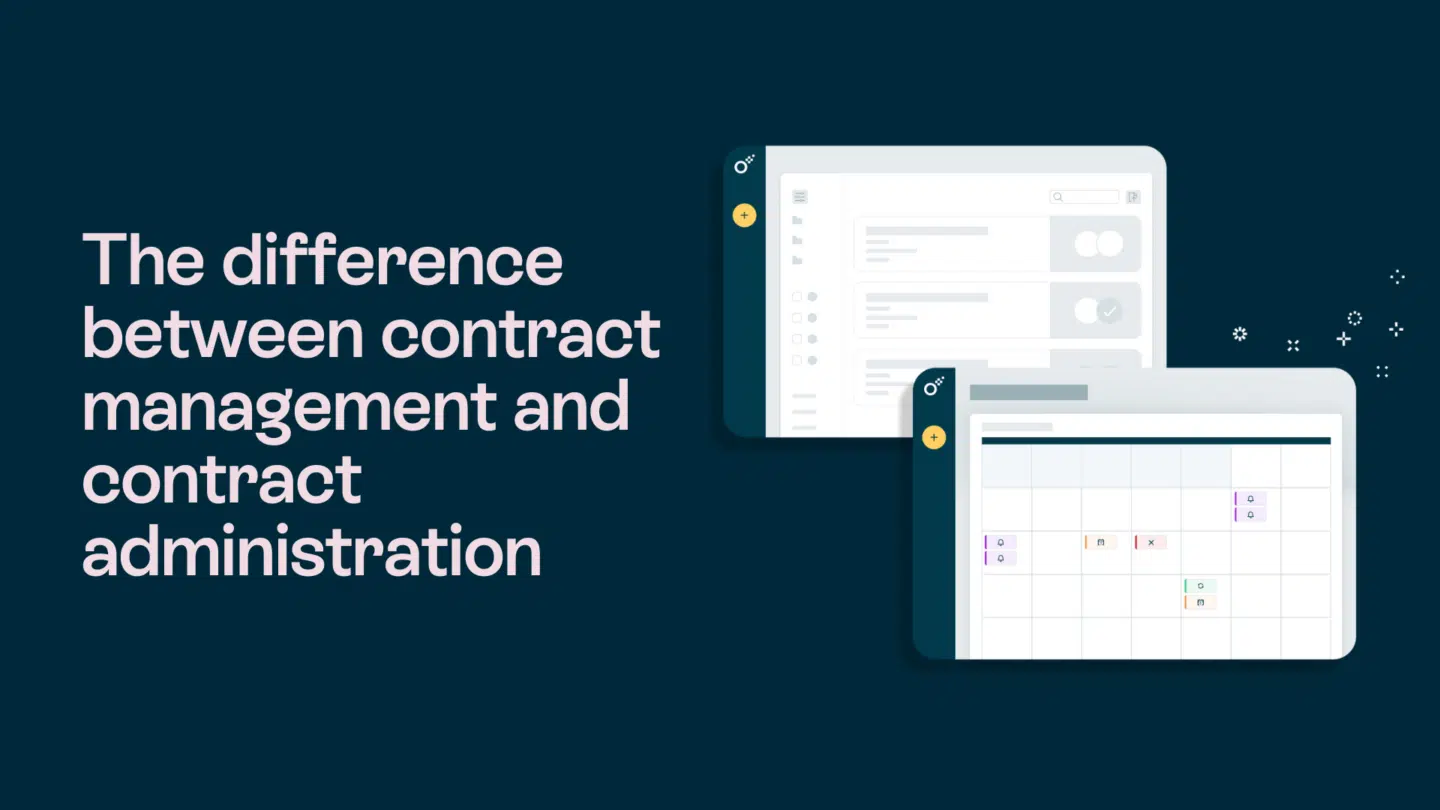Sales as a function is a lot more than simply selling a product or service to a customer.
A salesperson is responsible for speaking to prospective customers, understanding their problems, and finding a way to solve these challenges using the product or service offering.
Now, there are two ways a salesperson can identify these prospective customers.
Businesses with a marketing function can bring in qualified leads that are then passed on to the sales team to close. In other cases, the salesperson could also be in charge of identifying prospective customers, qualifying them, and then pitching the product or service.
Inbound sales is when the sales team handles qualified leads passed on to them by the marketing function. In contrast, outbound sales refers to a sales process where the salesperson is in charge of identifying and prospecting target customers before pitching the product, and closing the deal.
While this may appear straightforward at the outset, inbound and outbound sales require entirely different approaches in terms of your pitch and price negotiation.
In this article, we will talk about these two sales processes in greater detail, understand the similarities between inbound sales and outbound sales, and also see how they are different.
Understanding the core sales approaches
In raw form, inbound sales is when the potential buyer approaches your business, while in outbound sales, you approach the potential buyer.
Why do these two different sales approaches exist?
There are several reasons, often tied to factors like the service category, length of the sales cycle, and ticket size, to name a few.
Let’s take the example of the customer support solutions industry.
On one end, you have DIY small business phone systems that offer affordable solutions at under $10/month. At the other end are enterprise solutions targeting large businesses where each agent seat can cost several hundred dollars a month.
For a small business phone provider, an outbound sales approach may not make sense. The cost of identifying potential customers, reaching out to them, and closing deals can cost a lot more than the $120 they make from this customer in a year.
Such businesses prefer the marketing or advertising route to acquire leads. These strategies are easily scalable and an inbound sales team is in charge of handling sales queries and signing contracts.
However, high-ticket purchases involve lengthy sales cycles, and without a dedicated sales team, it may be difficult to build a relationship with potential clients, nurture them, and make the sale.

Outbound sales methodology
Outbound sales is a proactive SDR-driven approach where the business reaches out to the customer. The objective is to identify target prospects, establish value, and build a relationship that drives them towards a sale.
This process involves five steps:
Prospecting
The first step in outbound sales is identifying your target audience. An ‘Ideal Client Profile’ (ICP) is generated based on parameters like their age, gender, job designation, and industry.
Once you have identified your ICP, build a database of such prospects. Popular lead generation tools to build your ICP database include LinkedIn Sales Navigator, Apollo, and ZoomInfo.
Besides this, you could also explore new-age tools that use AI for lead generation prospecting.
Trade fairs and industry conferences, too, can bring in hundreds of potential leads and help build relationships before starting a sales conversation.
Outreach
Once you have built a large prospect list, the next step is to begin your outreach.
Cold calling and cold emailing are the two most popular ways to do this. Admittedly, they are both a numbers game since you are reaching out to potential customers in the cold. Success depends heavily on the timing and messaging.
Cold outreach may also require frequent follow-up and nurturing. Also, it is heavily governed by data privacy laws like GDPR and CCPA.
Qualification
The next step is lead qualification. This is the process of assessing the lead’s pain points, their goals, and budget.
There are established frameworks like BANT ( Budget-Authority-Need-Time) or CHAMP ( Challenges-Authority-Money-Priority) that can help you assess the budget, the authority, and their suitability for your offering.
Based on your assessment, you could do one of three things:
- Pursue the conversation towards a conversion,
- Postpone your engagement for a more relevant time, or
- Mark the lead as unqualified
Pitch & follow up
A qualified lead is a prime candidate for your offering. A sales pitch is traditionally done over a face-to-face meeting, although this has moved to Zoom meetings. Showcasing your offering visually through slide decks helps demonstrate its utility and helps close deals faster.
Also, depending on your offering, you may need several rounds of follow-up conversations to finally clinch the deal.
Closing
This is the final step of the sales process that involves pricing negotiations. Once the buyer and the seller are aligned on the price and value, the deal is signed. The customer is now passed on to the onboarding team for the next steps.

Inbound Sales Journey
Inbound sales is relatively straightforward. Here, the journey begins with marketing activities that draw a customer towards your offering. The marketing function is also responsible for lead capture, qualification, and nurturing the prospect.
This often makes inbound sales relatively easier to convert. However, there are still several factors to consider:
Lead hotness
Not all marketing activities generate the same level of intent. Leads passed from marketing to sales can vary significantly in their readiness to buy.
A warm lead may still be in the research phase and require more follow-up and nurturing. A hot lead, though, may be closer to purchase.
Turnaround time
Studies show that the odds of contacting a lead drop 100 times if the sales rep takes more than 30 minutes to call back, compared to within the first five minutes.
Seemingly minor changes to your sales process could improve your conversion rate dramatically.

Similarities between Inbound & Outbound sales
Although the intent, target market, and sales cycle between inbound and outbound sales can be different, there are still many similarities between the two approaches.
Understanding customer pain points
The success of any campaign depends on the product-market fit. This is achieved by deeply understanding what your customer wants. Both inbound and outbound sales campaigns need to be preceded by product discovery, which helps a business unravel user goals and pain points.
Need for objection handling
An inbound lead typically comes more prepared than a prospect you reached out to cold. However, that does not mean fewer objections.
Inbound prospects are generally more aware of the industry and competitor offerings in terms of features and price. An inbound sales rep needs to be as knowledgeable as an outbound SDR to respond effectively and build trust.
Multiple touchpoints
In outbound sales, the process begins with the first cold outreach. This is followed by several more touchpoints before a deal is signed.
The same is true in inbound sales, even if the early touchpoints come from marketing efforts. By the time a salesperson steps in, the prospect has already moved through several touchpoints, making continued engagement essential on both sides.
Timeline
The overall customer journey, from first contact to closed deal, can vary widely for both inbound and outbound. Still, the time it takes from initial interest to conversion can be comparable across both approaches.

Differences between Inbound sales and Outbound sales
No matter how you dice it, sales is sales and the KPIs that the SDRs chase do not change either. However, there are significant differences in the way inbound and outbound sales processes are structured.
Here are some key differences between the two.
Lead generation
The biggest difference between inbound and outbound sales is in the way leads are generated. Outbound sales is a proactive approach where the SDR identifies potential new prospects and reaches out to them.
Inbound sales rely on discovery and organic acquisition. The objective of any inbound channel is to identify opportunities for potential prospects to engage with your business assets and use this engagement to build and nurture a relationship.
Approach to customer acquisition
Outbound sales is the classic way to sell your product or service. It’s entirely driven by your SDRs, and the onus is on them to identify the right decision-makers and to make the right pitch.
Inbound sales is customer-centric. Here, the focus is on understanding customer needs and providing them with the best customer experience. The sales process starts once the customer has been nurtured and is looking for a solution provider.
Cost structure
Inbound sales require more upfront investment in terms of building branding and marketing assets. Depending on the marketing strategies, the timeline could be anywhere between a month to several months.
Outbound sales do not require a similar investment upfront. However, given the lengthier sales cycle and similar timelines between the two processes, the ongoing labor costs add up.
Scaling potential
Revenue from outbound sales is proportional to the strength of your outbound teams. The bigger your team, the more resources you have, and the more revenue the business can make.
This is not the case with a marketing-driven business. Marketing assets are reusable and can drive exponentially more traffic to your business. This makes it possible to build a customer acquisition channel that can drive higher revenue per SDR compared to an outbound-focused approach.
Technology
With outbound sales, businesses may need larger investments in dialers, cold outreach platforms, and other prospecting tools.
With inbound sales, a larger chunk of investments goes into building marketing assets. This includes content marketing tools, email marketing tools, SEO and PPC management applications, and other marketing automation services.

Inbound Sales vs. Outbound Sales – Which is better?
Inbound sales and outbound sales come with their own strengths and weaknesses. While inbound sales can help with business scale, it needs upfront investments. Outbound sales has minimal upfront costs, but are tied to cold outreach processes that are not viewed favorably.
So, which is better?
There are several factors to consider when evaluating what’s right for your business.
Ticket size
Small ticket items need a lot of scale in order to demonstrate positive ROI. Marketing-led inbound sales is the way to go in such cases.
Large ticket items require a lot of convincing. It’s a good idea to use outbound sales here since this enables your organization to reach out to each customer personally, identify their pain points, and devise bespoke solutions that solve their problem.
Business Size
Larger organizations have the bandwidth to invest in long-term and scalable strategies like SEO, content and social media marketing.
Smaller organizations that cannot afford to wait prefer to reach potential customers through cold outreach instead.
Cash runway
Businesses with a short cash runway may prefer outbound strategies since they run a predictable path and show results faster. With a long runway, businesses could invest in inbound sales that bring nonlinear growth.
Market size
Outbound sales is a numbers game and requires a large market size. When the market size is small, inbound sales works better since it is customer-led and the focus is on establishing brand authority instead.
Market maturity
In established markets, buyers are already aware of their needs. Inbound sales can help your organization stand out from the competition here by building authority and becoming more discoverable. In newer markets, customers need personal attention and communication. Outbound sales work better here.
Use-cases
Inbound and outbound sales are not mutually exclusive. Most organizations adopt a hybrid strategy where inbound and outbound sales techniques are applied to different parts of their business based on specific parameters.
Customer segment: Businesses in the retail or consumer goods space (e.g., toothpaste, bread, toys) use marketing and inbound sales to target retail customers, while using outbound sales to reach business customers (schools, restaurants, hotels, etc.).
Product portfolio: Businesses with a large product portfolio (pharmaceutical companies, for instance) typically use inbound sales to reach customers for their established and best-selling products, while investing in outbound sales for new product launches.
Market expansion: Launching in new markets requires specialized focus on specific customer segments. This is often achieved with the help of an outbound sales strategy. For markets where the business is already established, the focus is on scaling up, and here inbound sales is viewed as a better strategy.

Pros & Cons
The success of inbound and outbound sales campaigns relies on the specific circumstances they operate in. Both these strategies have their strengths and weaknesses, and these should be considered when picking the right strategy for your business.
Inbound sales – Pros
Cost-effective over time: Results from inbound marketing strategies compound, and consequently customer acquisition costs tend to come down significantly over time.
Attracts qualified leads: Leads generated from inbound sales are generally warm or hot. Prospects are already made aware of their problem and how your offering can solve this.
Scalable: This is one of the biggest pros for inbound sales. The strategies you deploy here are highly scalable and can bring nonlinear growth to your business.
Non-intrusive: Marketing strategies nurture customers over time and let them reach out on their own terms. As such, an inbound strategy tends to be non-intrusive in nature.
Inbound sales – Cons
High upfront costs: Marketing strategies require a lot of upfront investment in content and tools. This makes it unappealing to businesses that seek better initial ROI.
Takes time: A big reason for the high upfront costs mentioned in the previous point is that marketing takes time to deliver results. This is not ideal for businesses seeking faster turnaround
Passive approach: Inbound sales only works in a mature market where customers are aware of their problem and the solution to fix it. Inbound sales may not work in all market scenarios.
Outbound Sales – Pros
Low barrier to entry: Outbound sales show linear growth and have a low barrier to entry. You do not need a large team to win. Small businesses could make do with just a single SDR to bring in new business.
Faster results: Sales cycles generally vary between a few weeks to several months. However, outbound sales generally see faster results compared to inbound sales.
Better targeting: With outbound sales, teams have complete control over the decision makers they want to reach out to. This helps keep your teams laser-focused on the exact audience you want to go after.
Easier to scale: With outbound sales, your sales playbook does not change significantly with size. Once your process is defined, it’s relatively simple to hire more SDRs and train them on the same playbook to repeat what works.
Outbound Sales – Cons
Intrusive: Cold outreach is a legal grey area and certain forms of it are even outright banned. When not executed properly, outbound sales can annoy prospects.
Low trust: Since most outbound sales campaigns start with cold outreach, it also means low initial trust profile. This creates higher friction in the sales process
Lower ROI: As established earlier in this article, outbound sales shows linear growth. Unlike inbound sales that get more cost-effective over time, the return on your outbound sales is generally static, and there are few ways to improve this over time.
Picking a hybrid approach
There are certainly scenarios where only one of the two sales approaches may work. However, in the majority of cases, it’s ideal to invest in both an inbound and outbound sales strategy. This way, businesses can ensure predictable growth in the short term while also keeping avenues open to scale up growth through inbound sales in the future.
A hybrid sales approach is also suitable for businesses with multiple product lines or that operate across different customer segments and markets. Each scenario is unique, and identifying the ideal approach for any specific circumstance is vital to ensuring success with your sales campaign.







